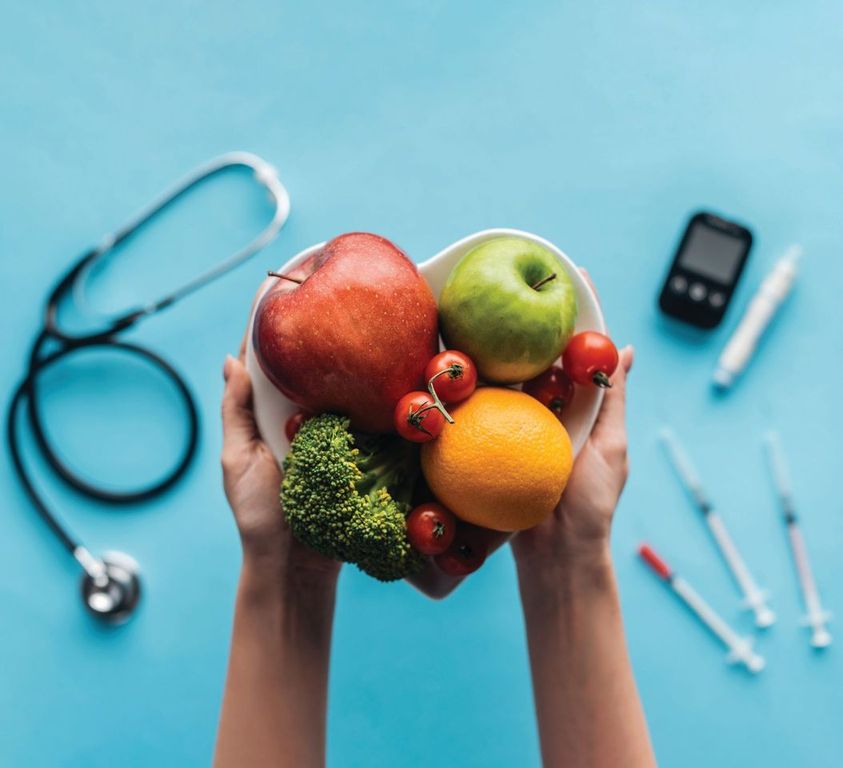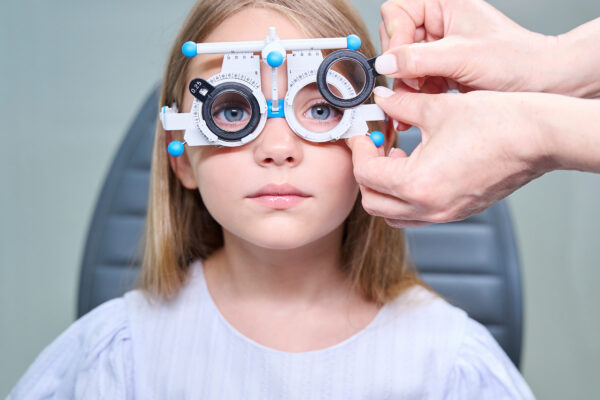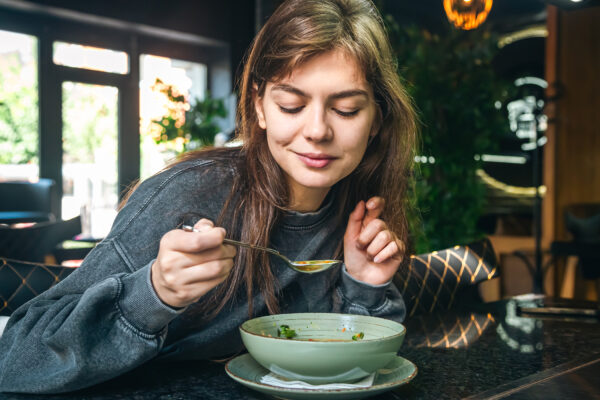Nutrition For Those With Diabetes
Establishing Facts and Busting Myths
Maha Saade and Jamie Bussin
In Episode #177 of THE TONIC Talk Show/Podcast we spoke with registered dietician and diabetes education expert Maha Saade about some of the facts and myths surrounding a proper diet for those with Type 2 diabetes. This is an excerpt of that discussion. For the full interview please visit thetonic.ca
Why is it important for people to consider their nutrition? We have to consider our body as a machine. This machine needs nutrients and fuel to be able to function properly. We get that from food. The goal is to get all of the systems in our body functioning properly. We get vitamins, minerals, protein, fat and carbohydrates from food. Those are the elements, but as dieticians we translate that into foods for our patients to eat to get a functioning body. But if we get to the point where we have a chronic condition, like Type 2 Diabetes, then food becomes a treatment.
Why do people with diabetes need to be careful about what they eat? With each condition there are triggers. With Type 2 Diabetes, when we eat certain foods, specifically carbohydrates, whatever the source, the blood sugar is going to rise. This is where I help my patients try to find a balance. We need the ‘good’ carbohydrates but not at the expense of higher blood sugar. A glucose monitor helps us choose our food. For example, if I eat a certain type of pasta I will notice in real time that my blood sugar rises more. So I can opt for an alternative, whole wheat pasta. Or that my blood sugar doesn’t rise in the same way if I have brown as opposed to white rice. We can experiment with the patients to see which foods suit them more.
What can people do to monitor and improve their nutrition intake? We start with the idea of the ‘healthy plate’. For the general population with no chronic health issues, half of the plate is fruits and vegetables, one quarter is whole grains and the other quarter is protein. For people living with diabetes, it’s not the same thing. Half of their plate should be a variety of vegetables, which would be a wide variety and include those which my patients like to eat in formats like salads or soups. A quarter would be grains focusing on whole grains. The last quarter would be protein with an emphasis on those which are vegetable based. From there, we adapt to what the patient likes to eat and based on what the glucose monitor tells us. We can also use apps to monitor food intake.
If diabetics are eating nutritiously, does that mean they have to give up their favourite foods? Tools like the Freestyle Libre glucose monitor help us answer the questions,”Can I have those potato chips?” and “When can I eat them?” Usually the foods we want to eat are not the ones the dietician recommends. But I know that food is a pleasure in life, and I try to integrate their desires into the program. Maybe there’s a trade off of less brown rice and wholewheat bread, and an increase of vegetable fibre temporarily so that you can have a piece of cake on your birthday.
Maha Saade is a registered dietitian, certified diabetes educator and certified pump trainer.




